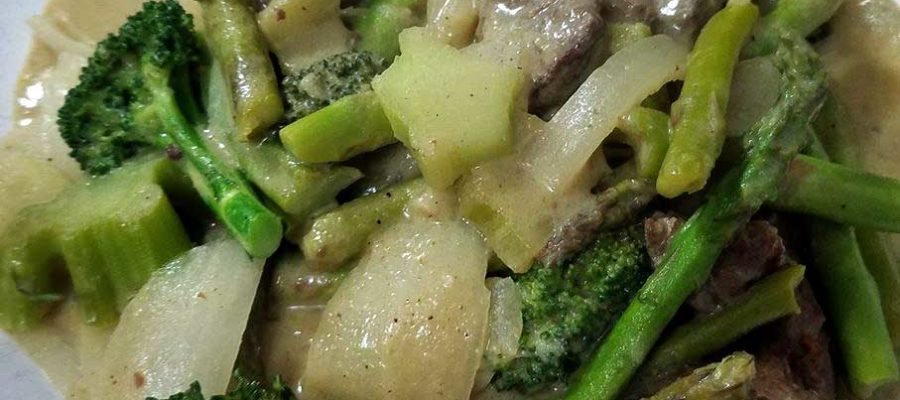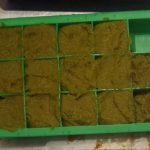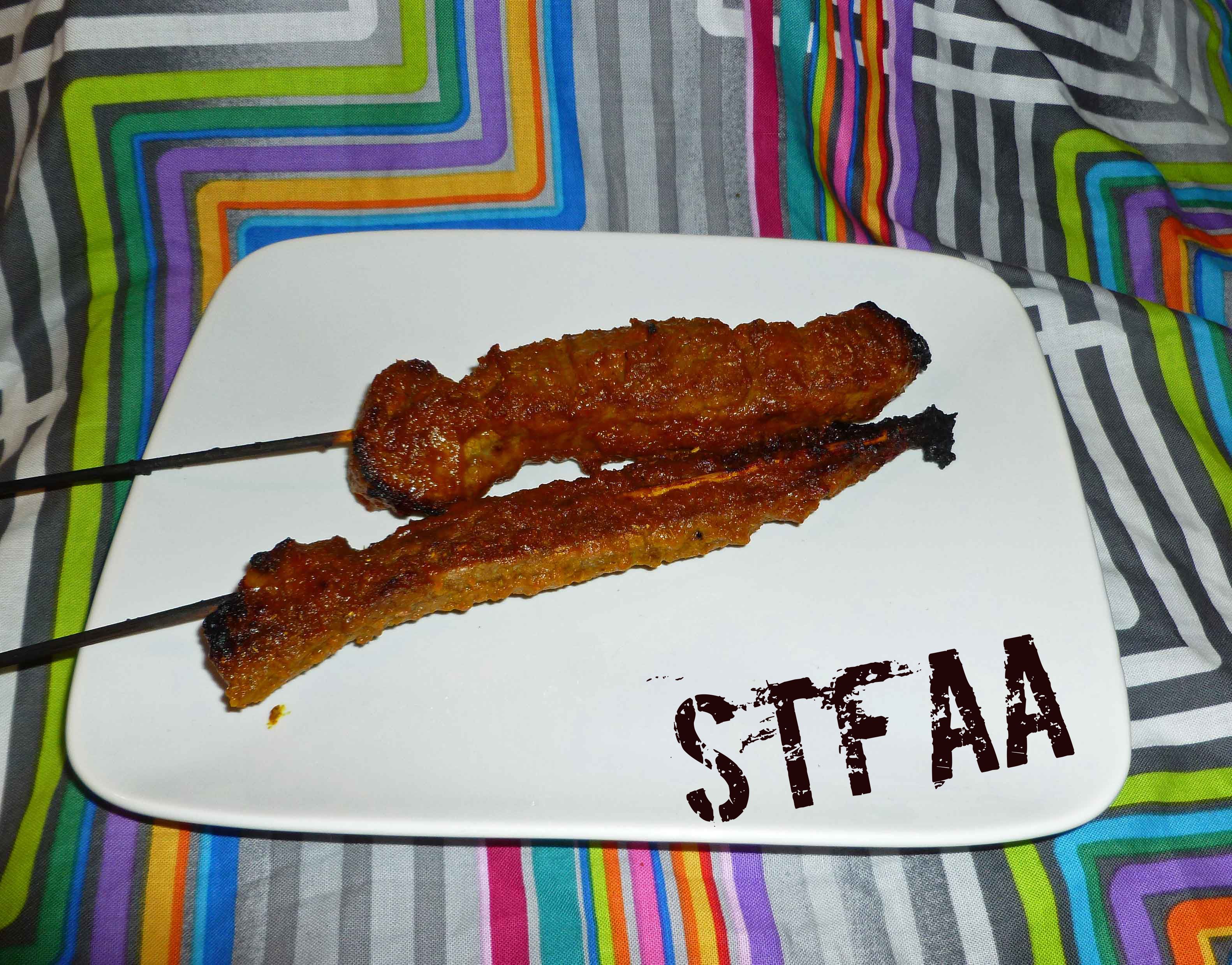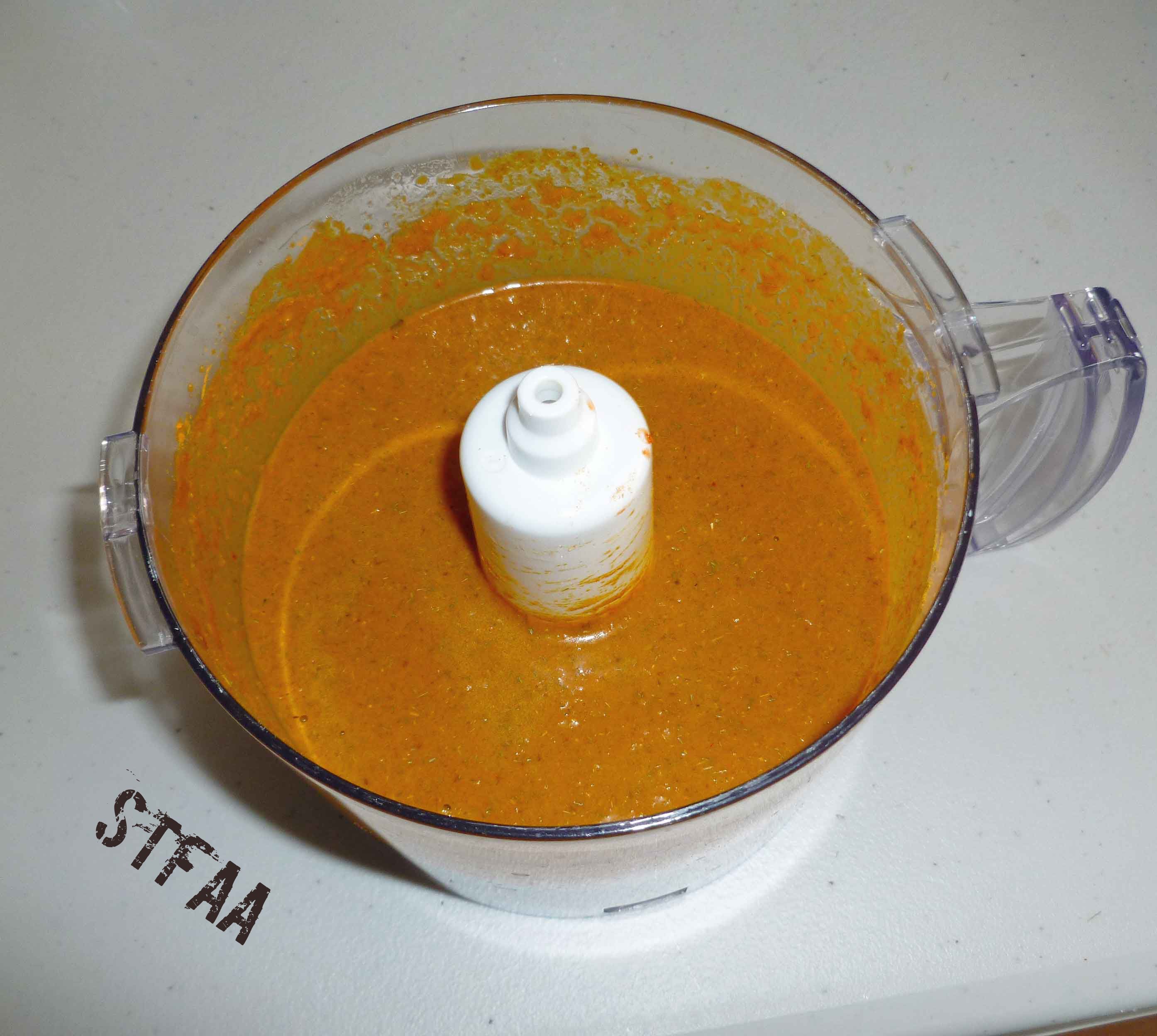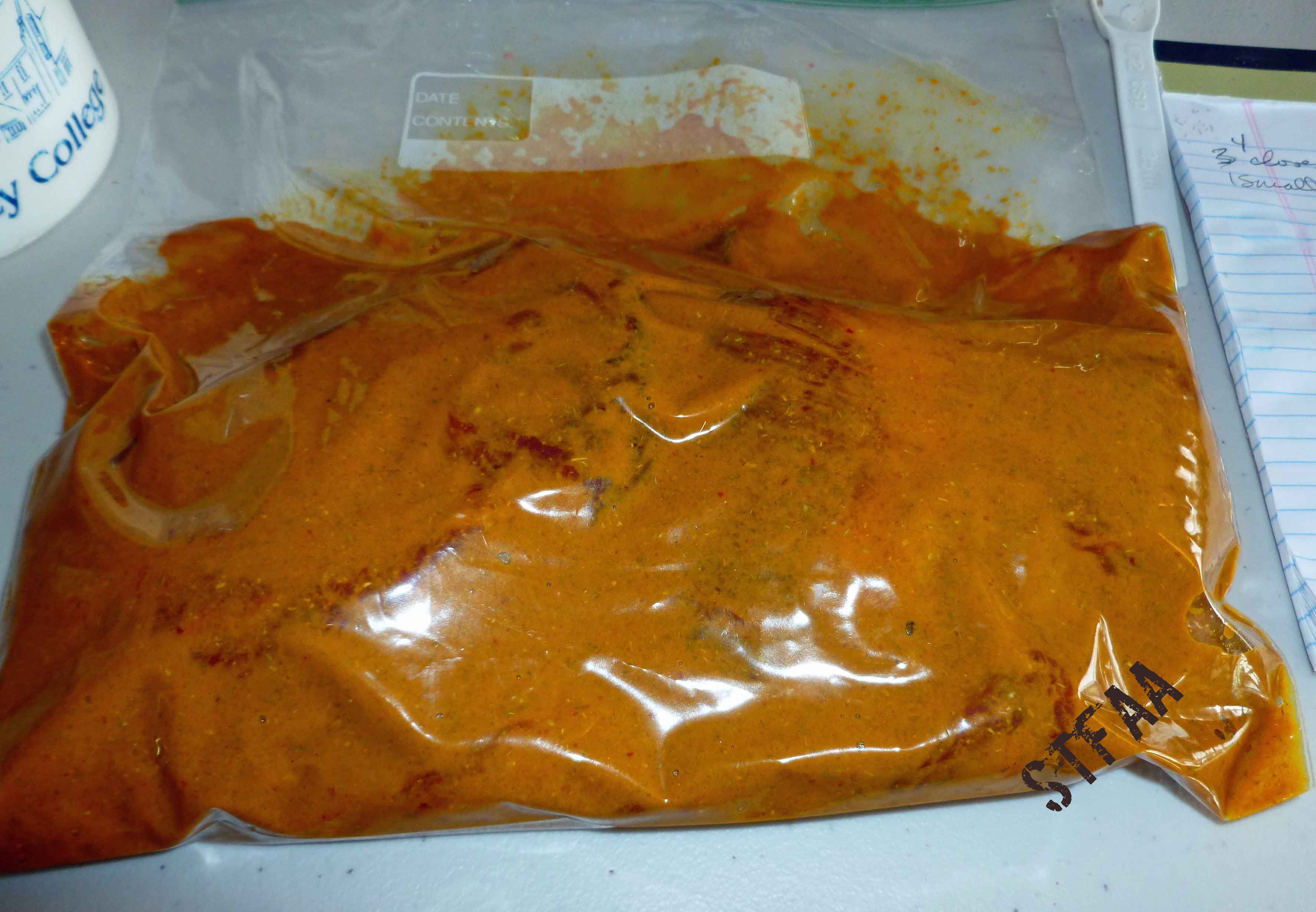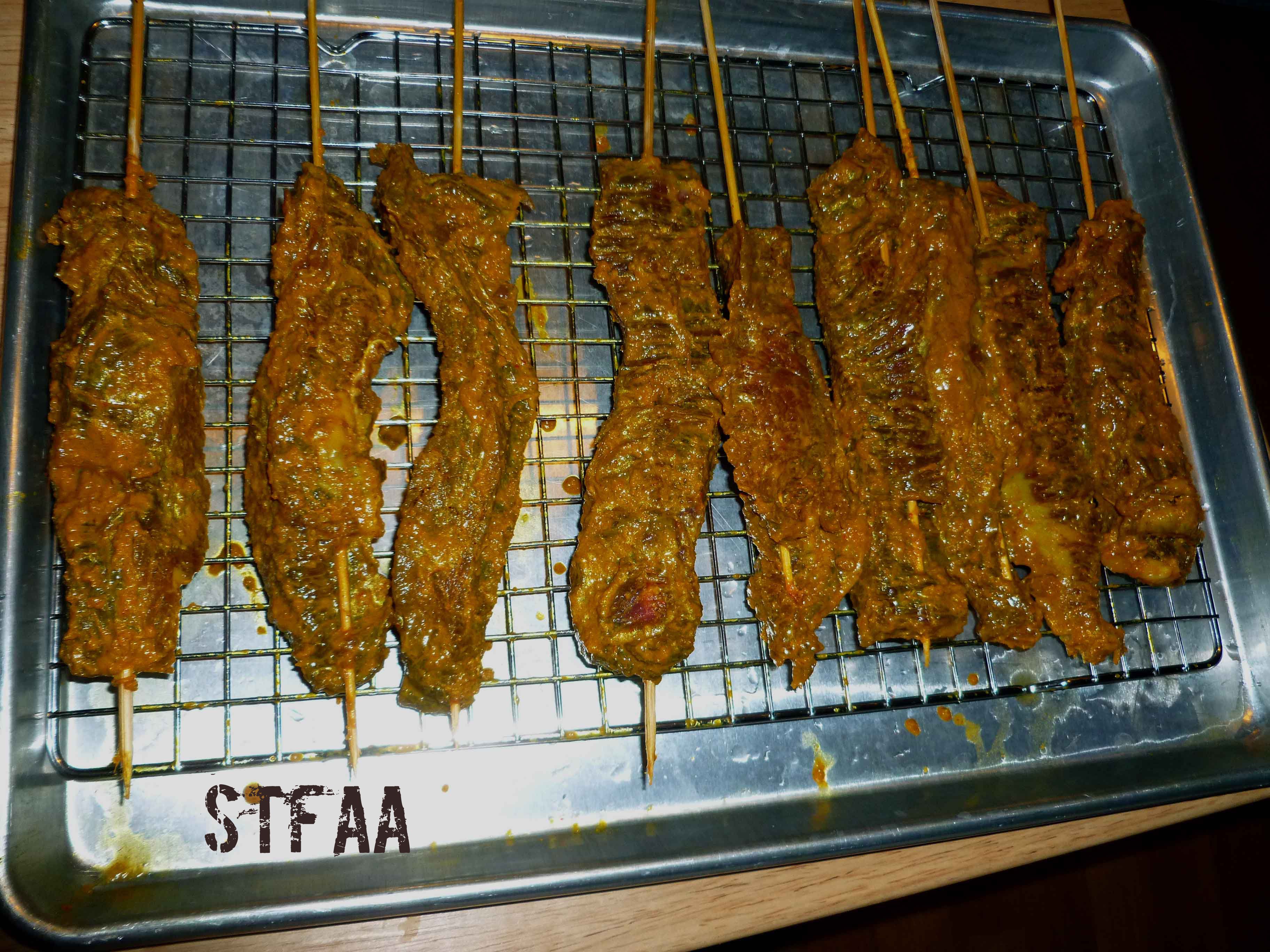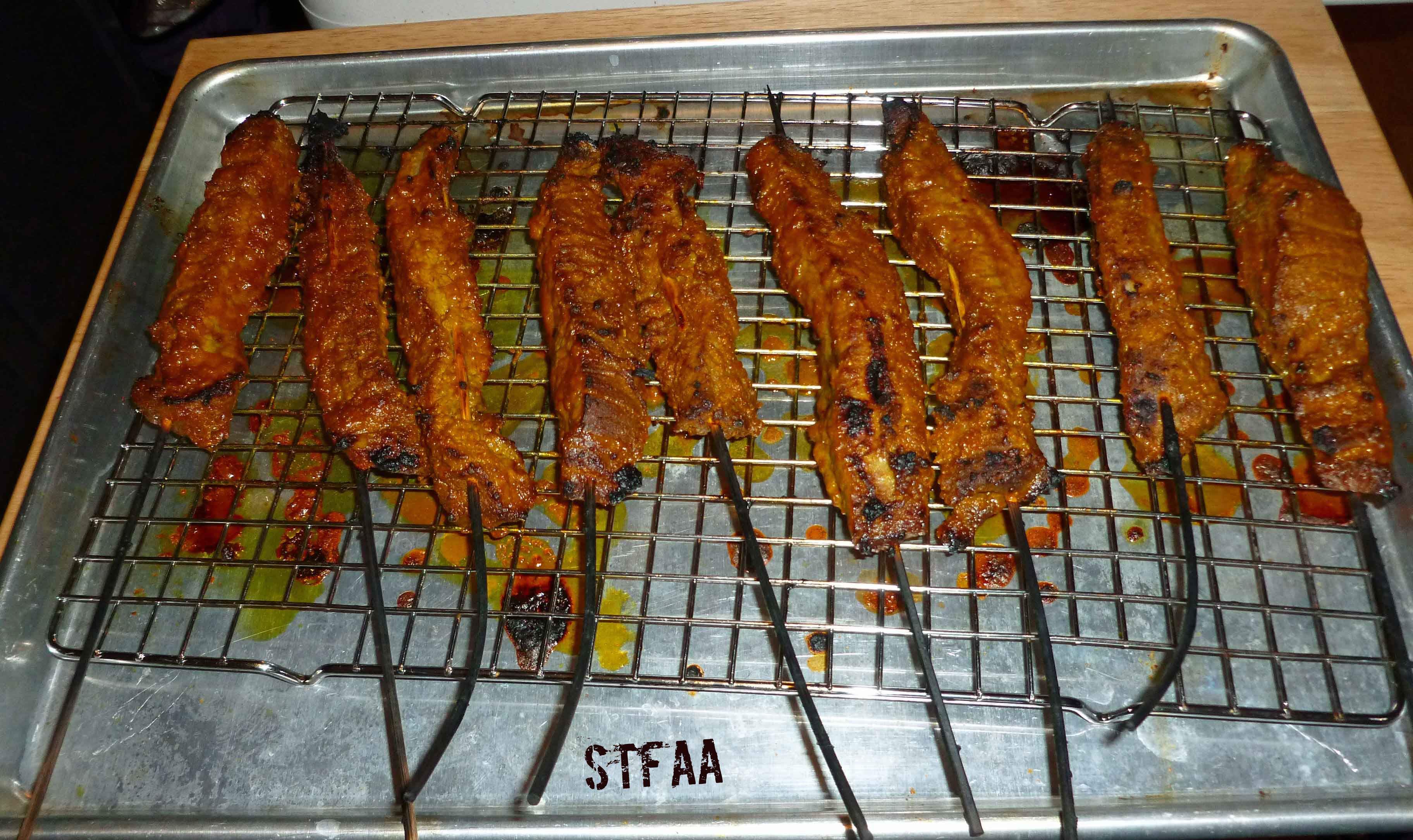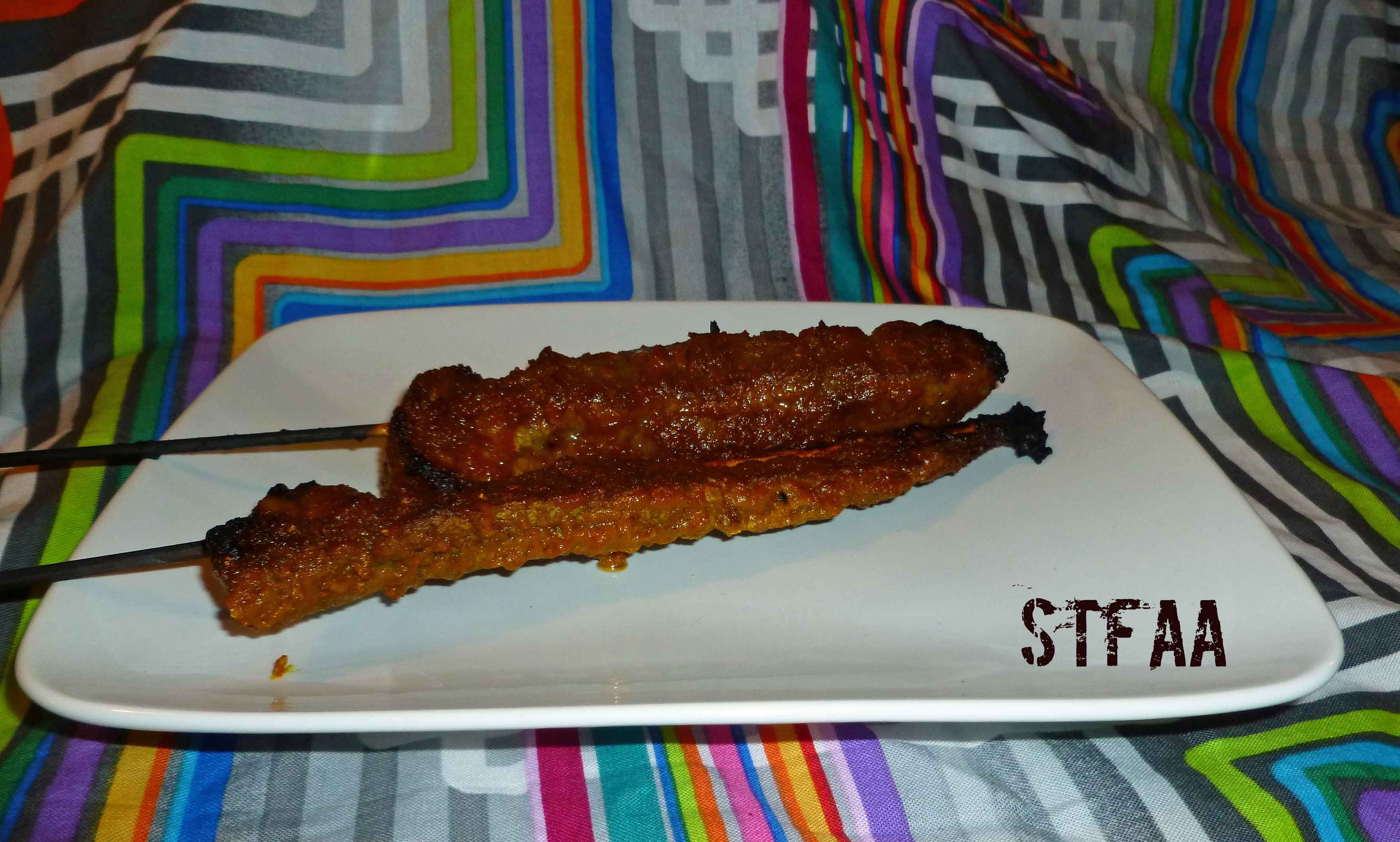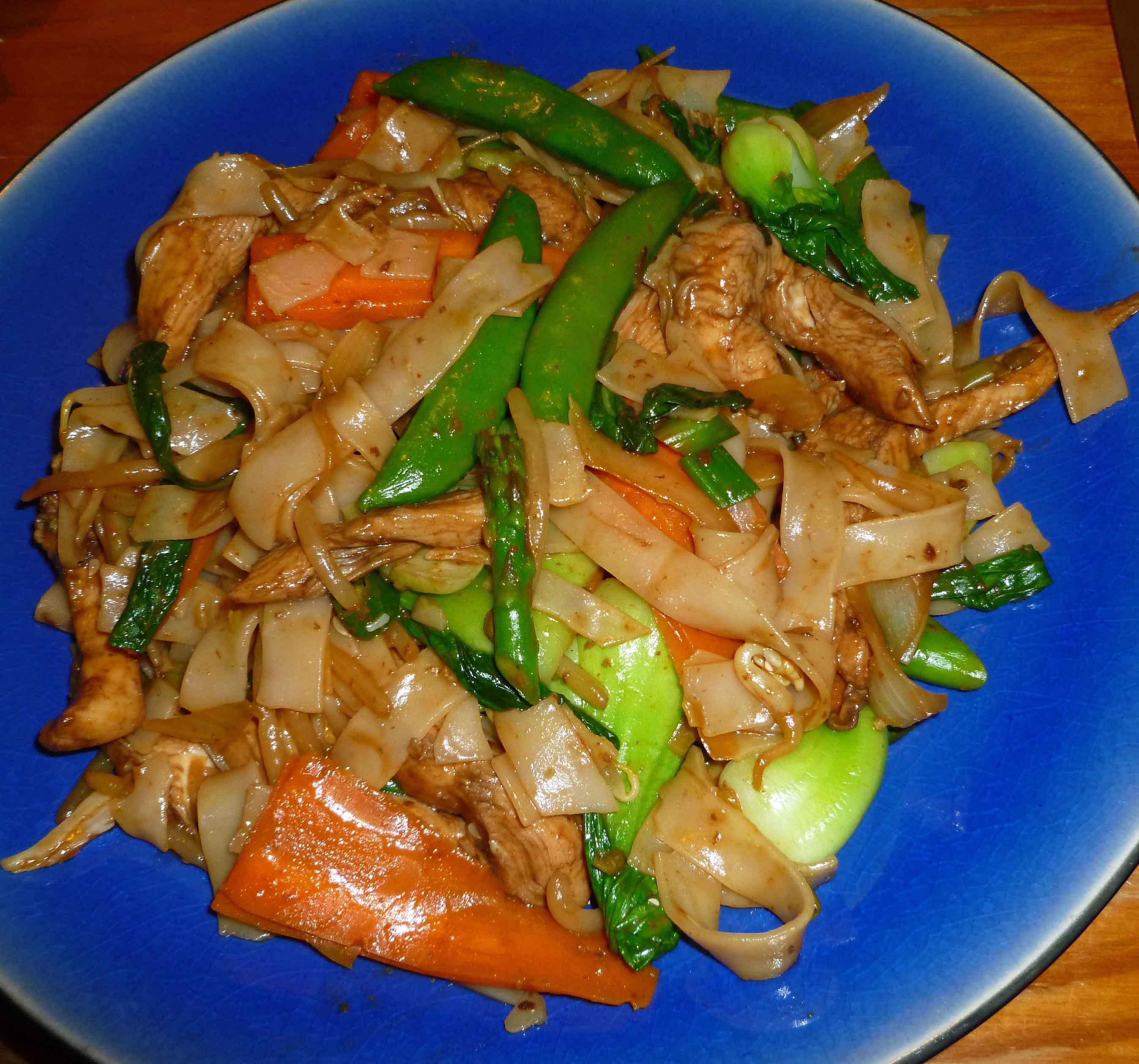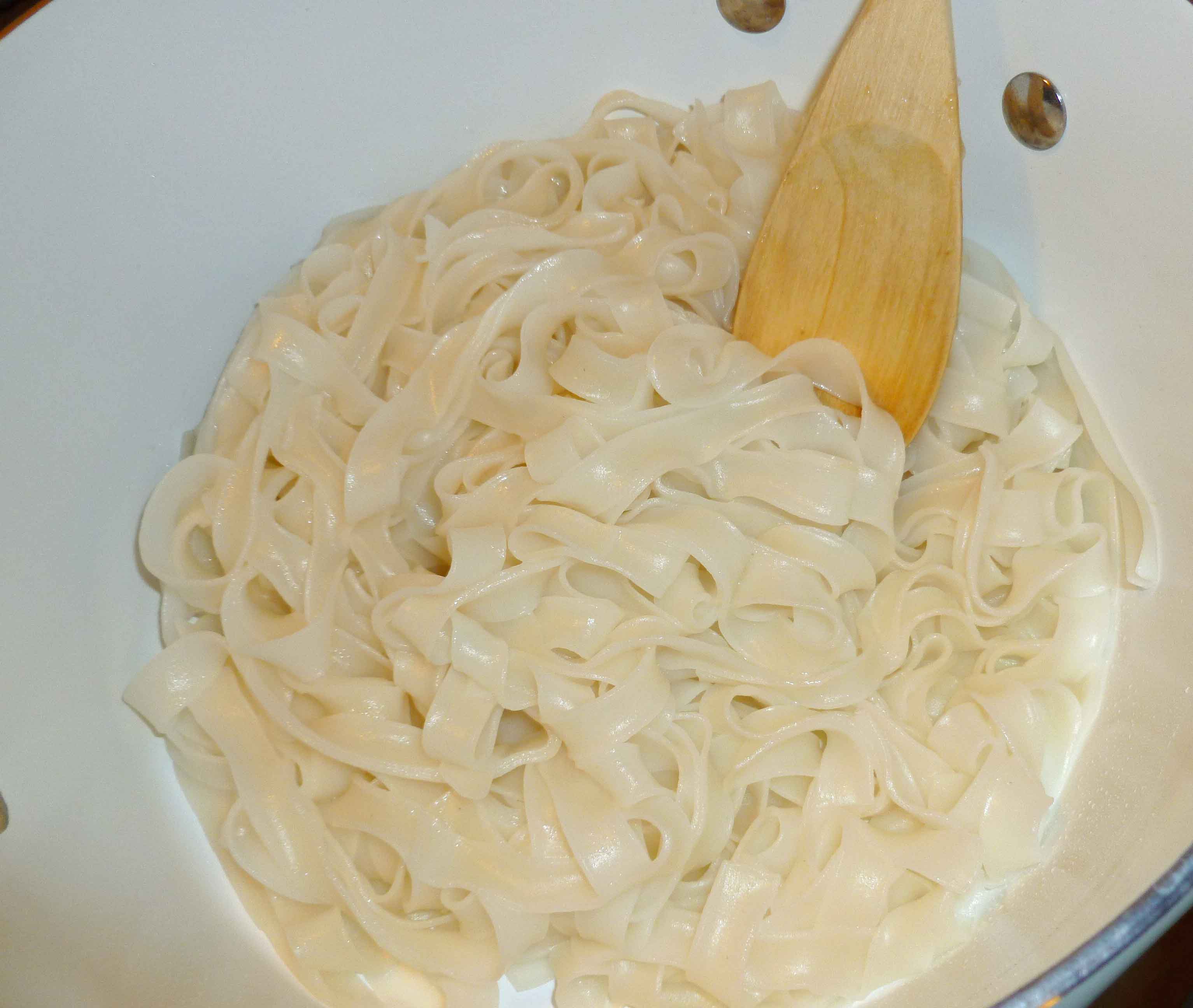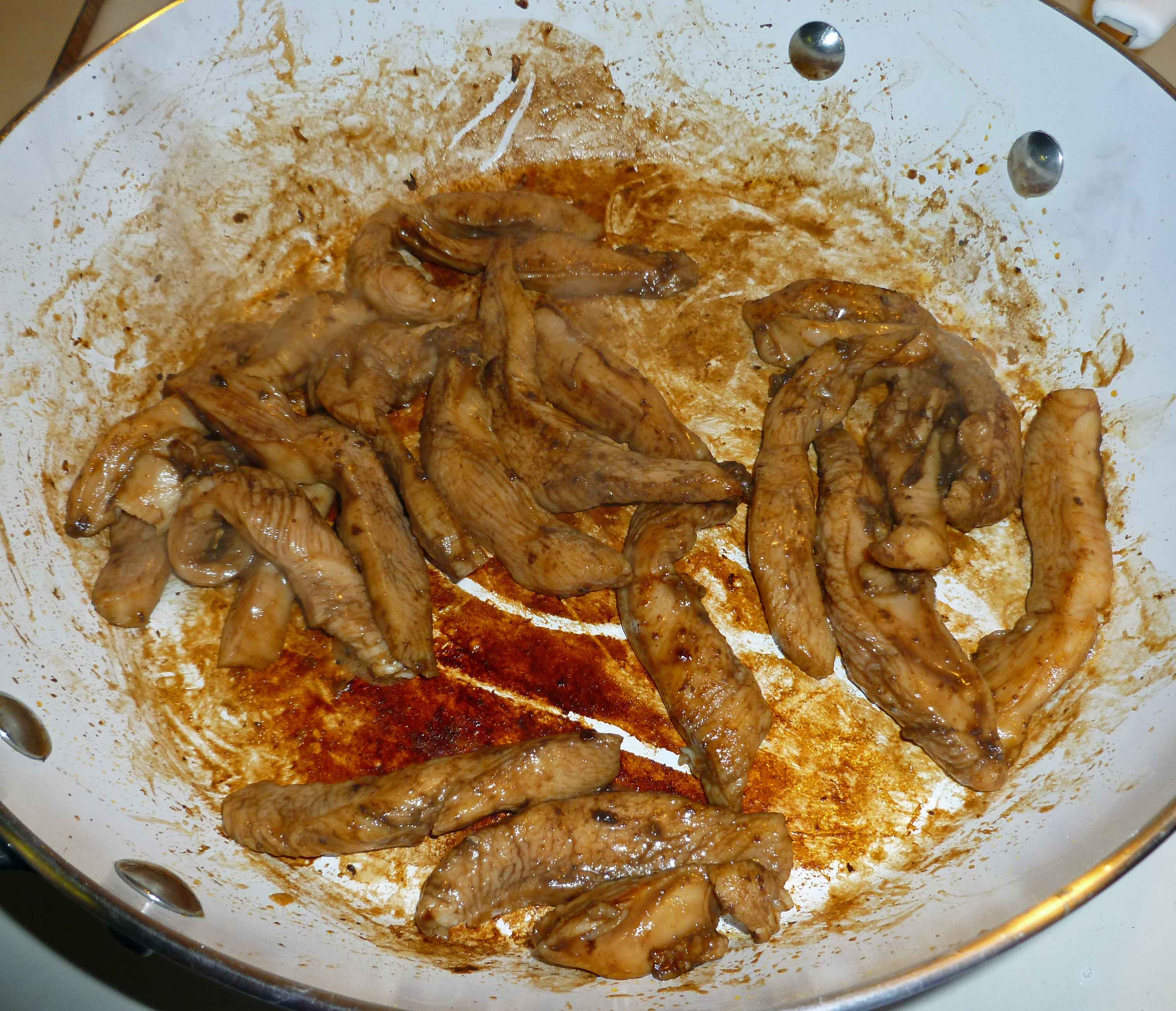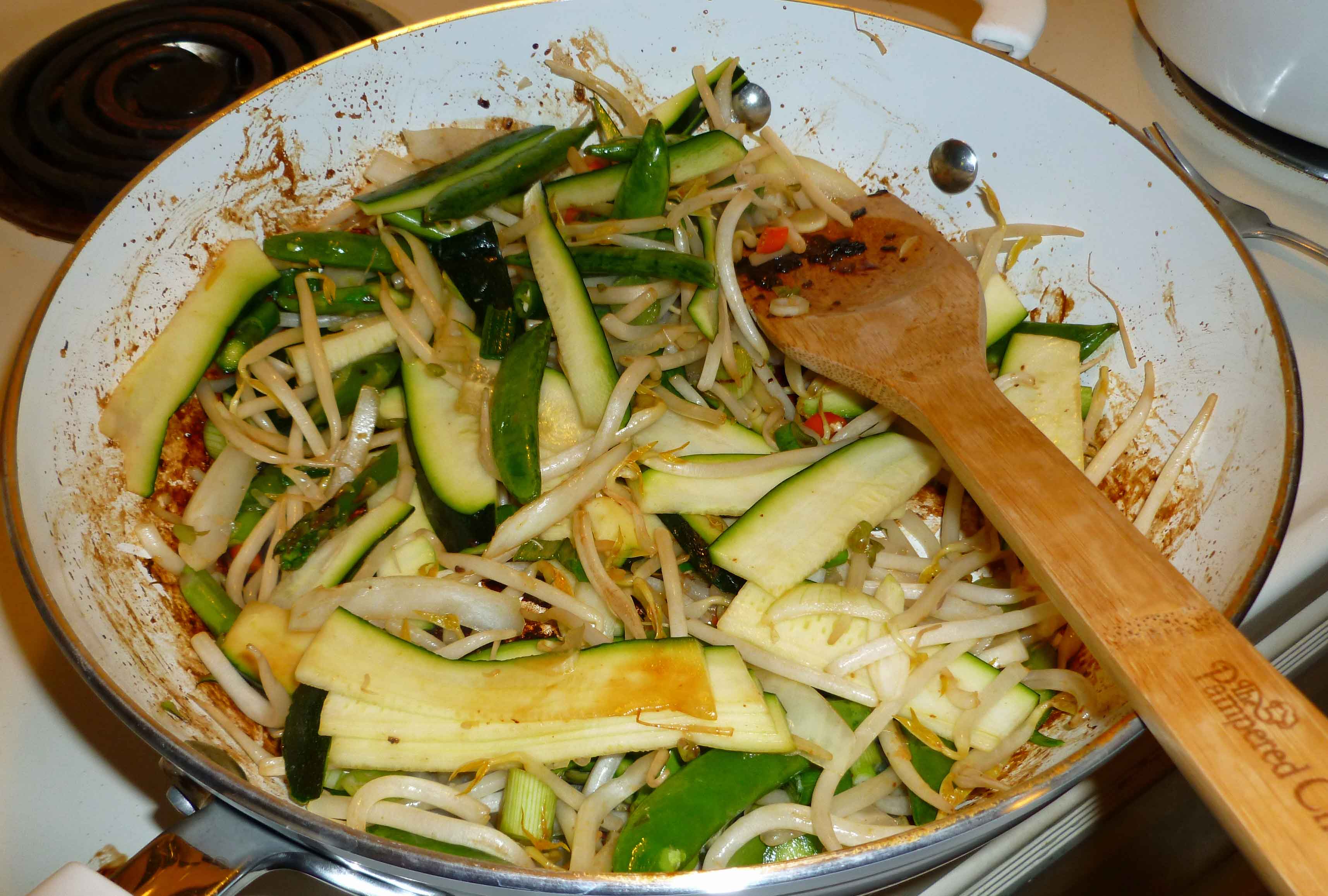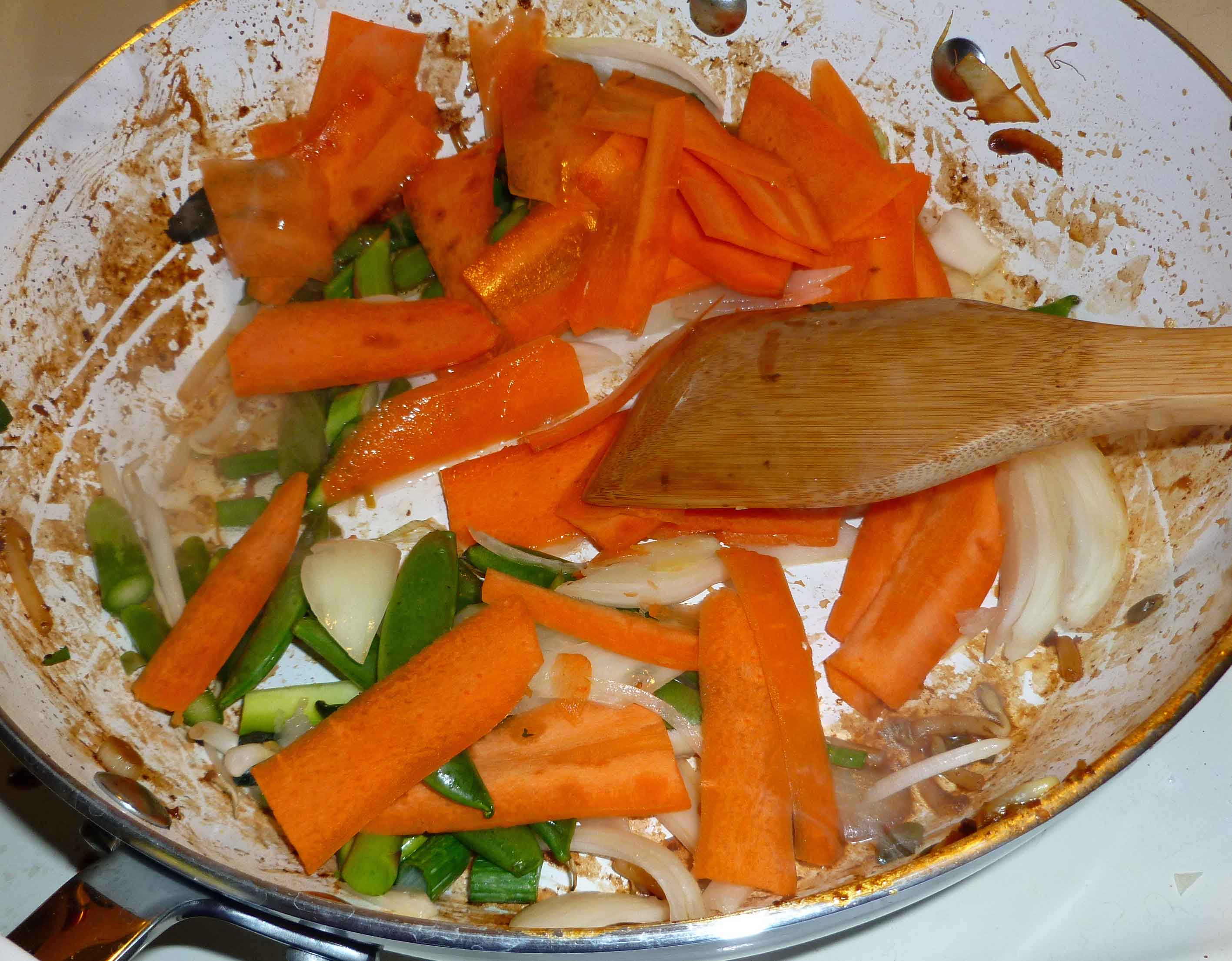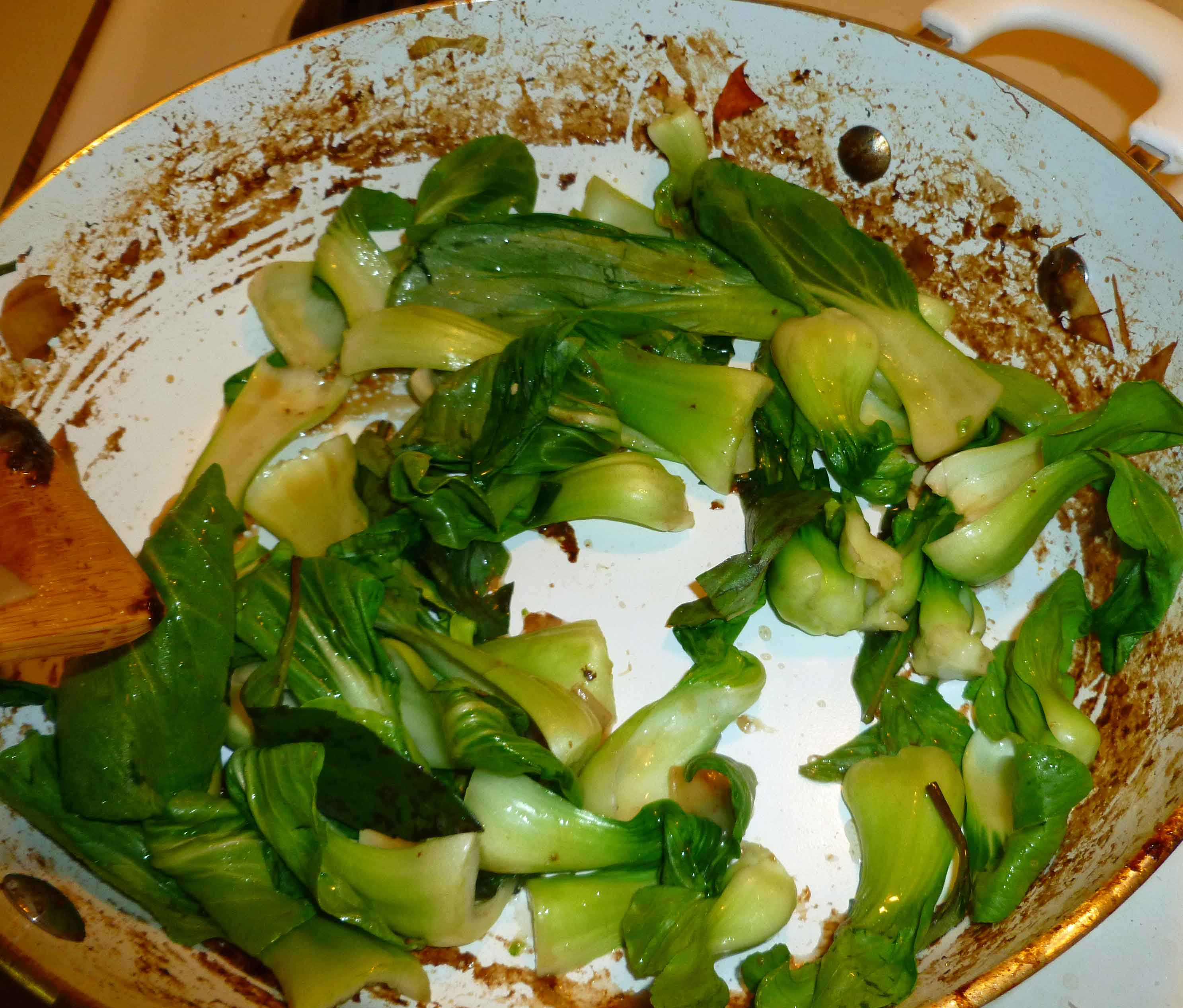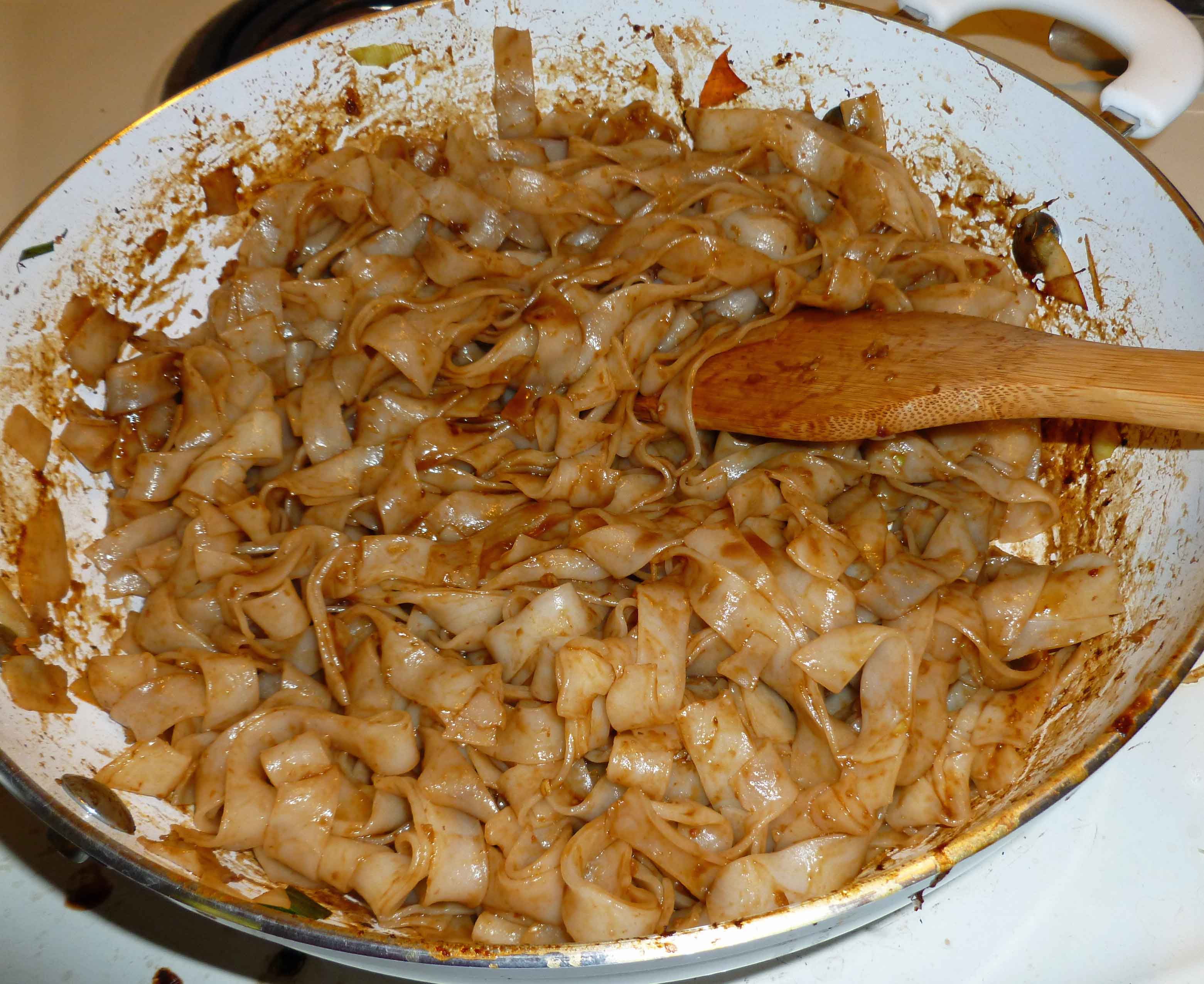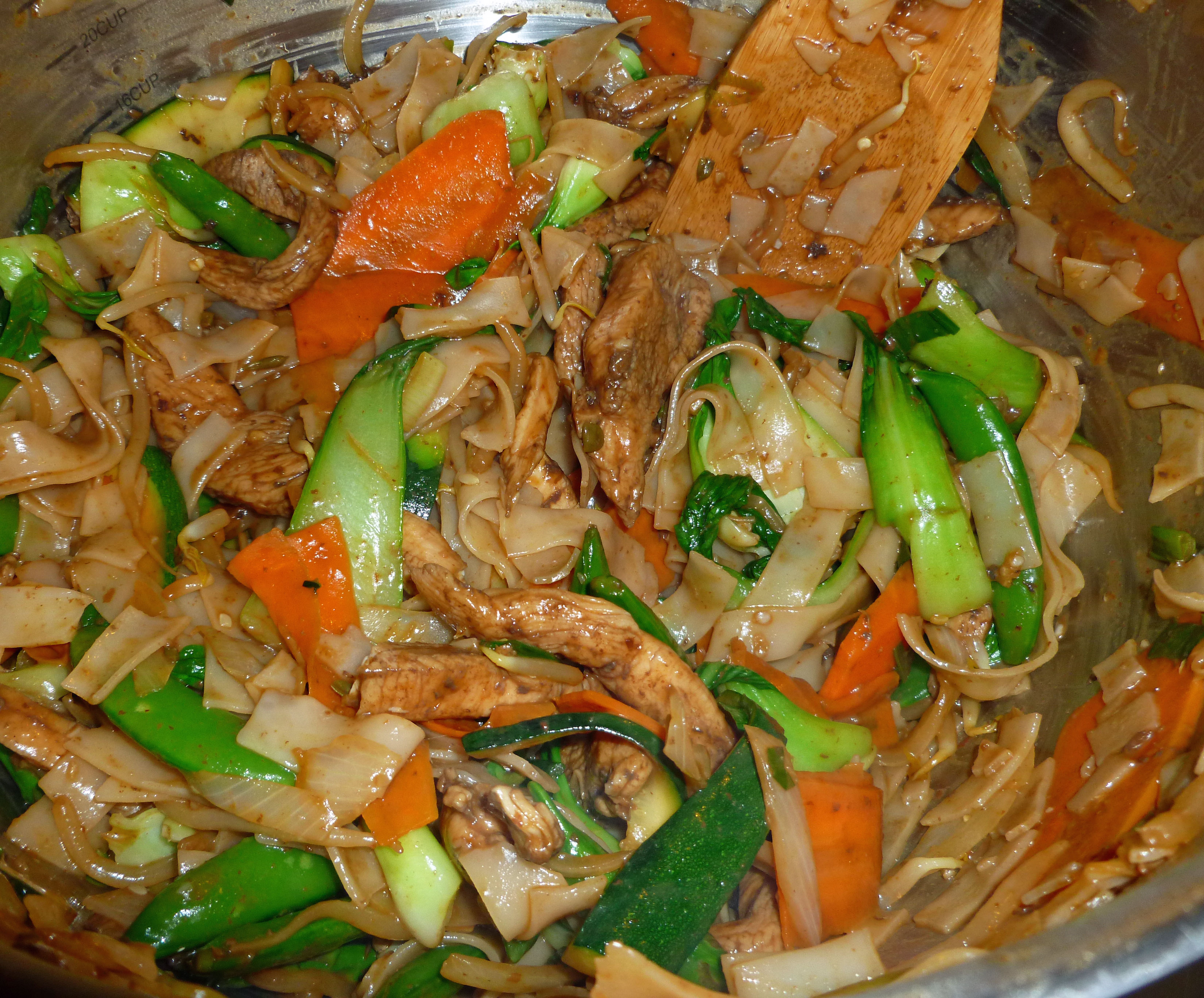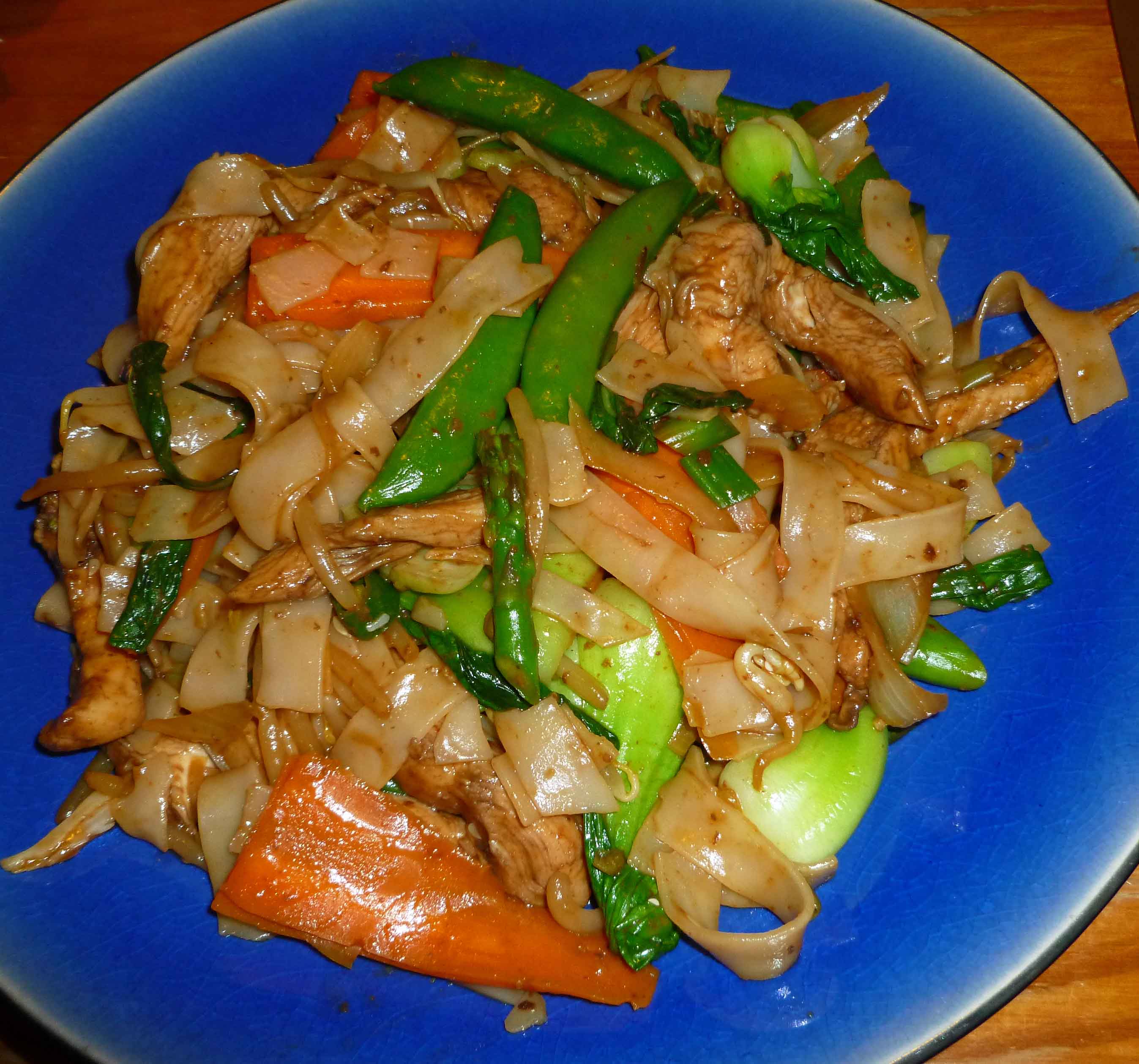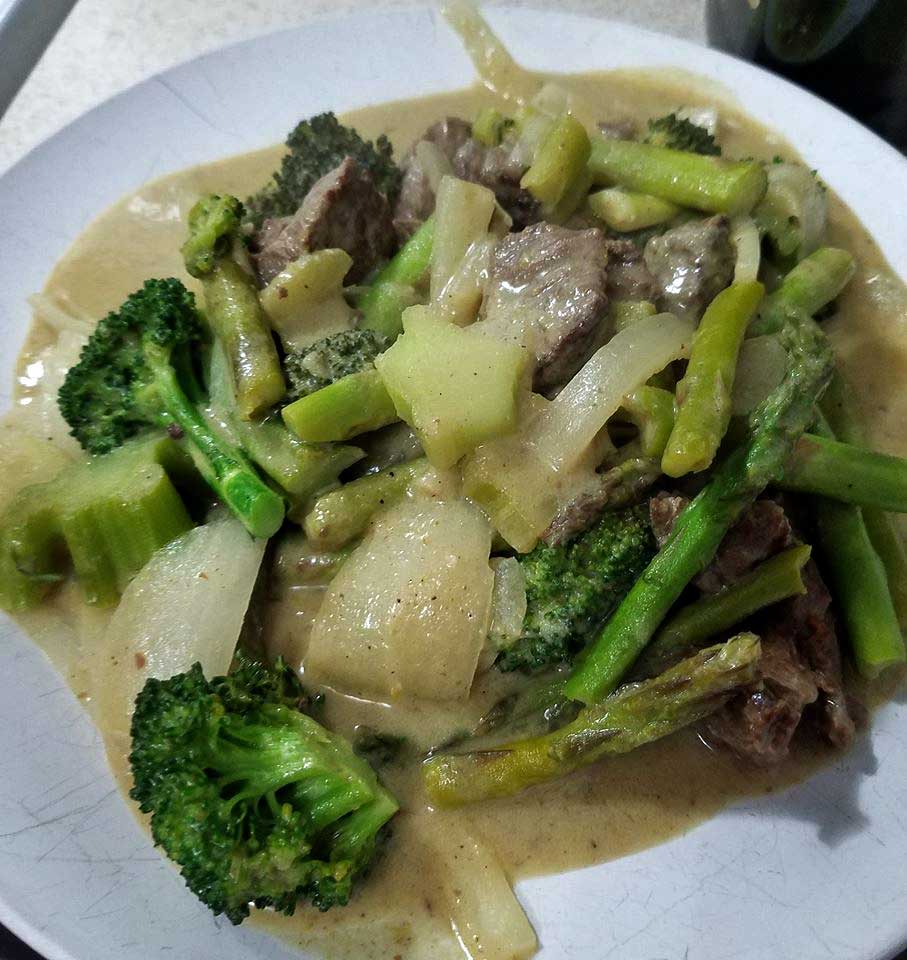
This past summer, I ended up harvesting a lot of chilies. When I say a lot, I estimate that I harvested about 50 pounds of chilies based on what I canned, fermented, dehydrated whole, dehydrated and ground into powders, froze, and so on. I grew 20 different kinds of peppers. I grew half in the greenhouse and half in the garden, and I started an obscene amount of seedlings because some of them were saved seed and I didn’t know if they would grow. (They did. All of them.) The greenhouse experiment went well. I harvest probably 3 to 5 times what I harvested in the garden. At the end of the pepper harvest, I was running out of things to do, and it occurred to me while I was scouring recipes that I could make Thai style curry pastes.
In the beginning of my corn allergy journey, the denial was strong and I decided that I was tolerating some commercial Thai curry pastes. The reality was, yeah, not so much. This summer also resulted in more freezer space as I had a new bigger chest freezer in addition to my small chest freezer, my friend Kristin’s family had given me another fridge, and so now I had room to freeze some curry pastes. So I did some research, cobbled together the things I liked from several recipes, and voila, Thai Style Green Curry Paste. You can use it this recipe for Quick Thai-Inspired Curry Noodle Stir Fry (rice is no longer safe for me, but feel free to try it with sweet potato or mung bean noodles) or just put a cube or two of curry paste in some safe non-dairy milk, add veggies and/or a protein, and go to it.
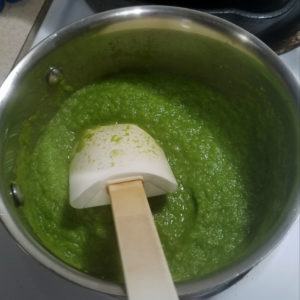
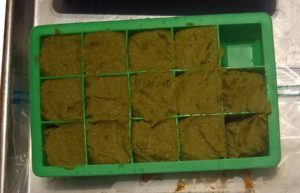
- 1 green bell pepper chopped and seeded
- 2 stalks lemongrass trimmed and chopped
- 2 inch piece ginger peeled and chopped (or substitute galangal if you can find it)
- 15 Green Bird Thai Chilies chopped and seeded (or other hot green chilies)
- 2 shallots peeled and diced (or 1 small red onion if you can’t get shallots)
- 6-8 cloves garlic peeled and roughly chopped
- 1 lime, zest and juice
- 1/2 cup cilantro chopped
- 1 inch piece fresh turmeric peeled and chopped (or substitute 1/2 teaspoon dry ground turmeric)
- 1 teaspoon ground white pepper
- 1 Tablespoon ground coriander seed
- 2 Tablespoons kosher salt
- Place all ingredients in a blender or food processor, and blend until you have a smooth paste.
- Place in a saucepan over medium low heat. Simmer until it has reduced to a thick paste, about 20 minutes or so.
- For ease of use, freeze in silicon ice cube trays, and store in a zip top bag in your freezer for up to a year.
